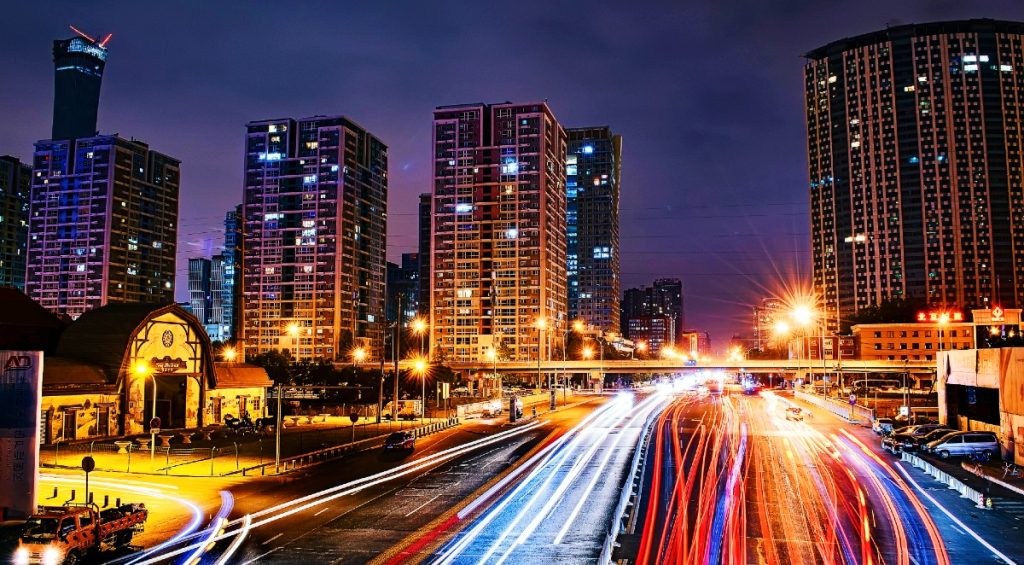While road fatalities in Asia and the Pacific have fallen 11% since 2010, progress remains uneven, with low- and middle-income countries lagging behind. Strengthening infrastructure, enforcing safety regulations, and securing sustainable financing are critical to meeting the UN Decade of Action for Road Safety goal.
On average, one person dies on Asia’s roads every minute. In 2021 alone, the region recorded over 694,000 road fatalities—nearly 60% of the global total of 1.19 million, according to the World Health Organization. These deaths overwhelmingly occur in Asia’s low- and middle-income countries, which account for 99% of the region’s road fatalities.
Road crashes in Asia have a particularly severe impact on young people. They are the leading cause of death for those aged 15 to 29, and the second leading cause of death for children aged 5 to 14. Vulnerable road users are disproportionately affected. In 2021, one-third of all road fatalities involved pedestrians and cyclists, while 35% involved motorized two- and three-wheelers.
The WHO estimates that road traffic deaths have fallen by 5% globally from 2010. In comparison, Asia and the Pacific has outpaced this trend, achieving an overall reduction of 11%. Meanwhile, the overall landscape indicates mixed progress across the region. While 67% of countries in the region have reduced road fatalities, only eight achieved a substantial decrease of 30% or more.
Most of the decline in road fatalities has occurred in high-income Asian countries, which saw a 46% reduction between 2010 and 2021—an average decrease of 5% per year. In contrast, low- and middle-income countries in the region achieved only a 4% reduction over the same period, with an average annual decline of just 0.3%.
While progress is being made, accelerated efforts are needed to realize the target. If current trends continue, about two-thirds of countries in the region — accounting for 86% of current road crash fatalities — will not be able to achieve the UN Decade of Action for Road Safety goal of achieving a 50% reduction.
While discrepancies exist between the various available datasets, they all paint the same scenario, that the majority of the countries in Asia will fail to meet the 2030 target under current trajectories.
Regulations in the region focus on users and usage of the roads. For example, 97% of Asian countries have a national law setting speed limits, and 95% have national motorcycle helmet laws.
Targeted steps are needed to establish safe systems — which look beyond individual road behavior and address the underlying environment affecting road user safety, including safe roads and roadsides; safe vehicles; post-crash care; safe speeds and safe road use.
For example, technical standards for new roads – which affect all road users – are only present in 78% of the countries. Only half have targets to have their streets meet “technical safety standards for all users.”
There is a dire need to accelerate the improvement of road infrastructure. For example, road user surveys utilizing the IRAP star rating system indicate that the share of roads in Asia with good (3 stars or more) ratings is still quite low. With nearly 1.8 billion Asian people lacking access to urban transit and rural roads, countries must invest in safer road infrastructure.
On the institutions, while 95% of Asian countries have identified national focal agencies for implementing road safety action plans, more detailed responsibilities also need focal points. Less than half of the countries in the region have identified funds to implement their road safety strategies.
Targets and ambitions also need to increase and expand. In the last two decades, Asian countries have added a billion vehicles to the road, and projections suggest that countries will motorize further. However, it is concerning to note that only 68% of the countries in the region have legislation on periodic vehicle technical inspection.
Also, considering the import of used vehicles in developing countries, only 56% of the developing countries in the region have high-quality standards for used vehicle imports.
Measures—and their implementation—matter. The case of the Republic of Korea, which now leads Asia in terms of progress towards the 2030 target, shows that regulations backed by effective implementation can result in significant impact, saving lives and reducing serious injuries.
Broader uptake of monitoring mechanisms is also crucial for elevating our collective awareness of road safety, particularly for low- and middle-income countries.
The Asian Transport Observatory, for example, has developed road safety profiles for Asian economies. These can support the monitoring of progress towards the implementation of the Global Plan for the Decade of Action for Road Safety 2021-2030.
The overall road safety landscape in Asia presents progress but also persistent challenges. We need to turn incremental improvements into transformative actions. This includes boosting investments and standards for safer infrastructure; strengthening and enforcing regulations for ensuring safe vehicles, securing sustainable financing to implement road safety strategies; strengthening institutional capacities and accountability; and enhancing monitoring systems.
We are at a turning point, not just a checkpoint, towards achieving the collective goal towards reducing road fatalities.
Source :Asian Development Blogs





































































